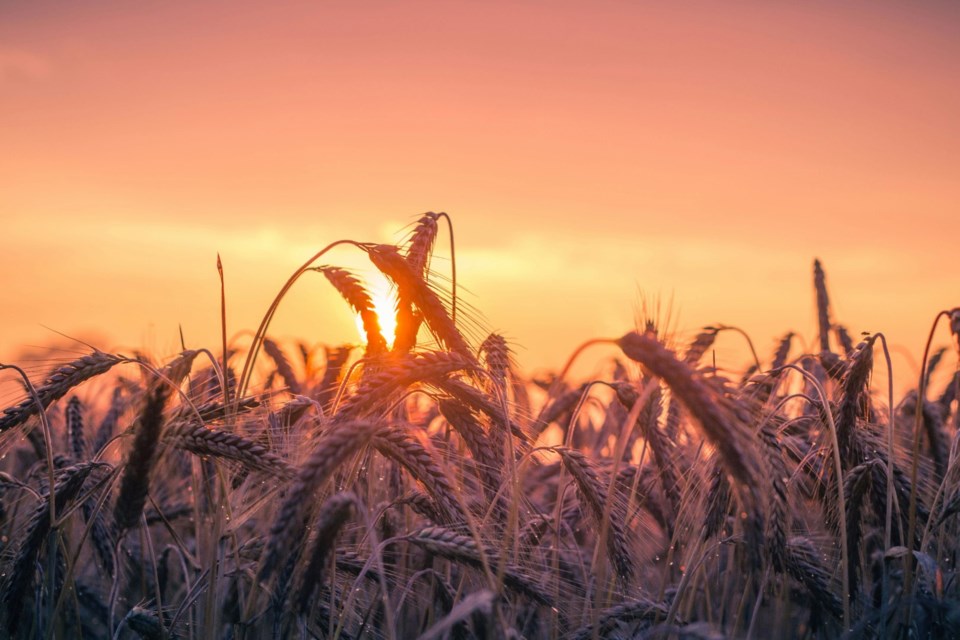UNITY — Spring rains caused a few seeding delays, but producers were happy to receive moisture after several dry years. Crops faced challenges from early season flooding and insect activity, but early yield potential remained high. Like most of Saskatchewan, July and August saw very little rain and hot temperatures, which negatively affected crops, especially ones seeded late. There was notable rainfall in some areas during harvest that caused delays, but producers were able to get the crop off in good time once again this year.
Crop yields in the west-central were variable due to differing amounts of rainfall. For spring cereal crops, durum was the only crop to yield higher than the provincial average, while hard red spring wheat, oats and barley all yielded lower. Oilseed crop yields in this region were slightly higher than provincial averages. Finally, lentil and field crops were slightly higher than provincial averages. For the most part, crop yields in the west-central were on par with provincial averages. Some pulse and cereal crops were downgraded due to fall rains and light bushel weights, but most of these crops were graded in the two best categories. Additionally, nearly all oilseed crops were graded in the top two categories.
Fall seeded cereal crops saw minor increases in seeded acres this year. Winter wheat acres seeded this fall increased by one per cent and fall rye acres increased by two per cent.
The early-season moisture helped producers achieve higher silage and hay yields than last year. Silage yielded 5.38 tons per acre, which is about one ton per acre lower than the provincial average. Most hay crops were produced on dryland this year. Greenfeed yielded the highest at 2.37 tons per acre, followed by baled forage at 1.75 tons per acre, alfalfa at 1.67 tons per acre, brome hay at 1.57 tons per acre and tame hay yielded the lowest at 1.55 tons per acre. In terms of quality, 40 per cent of the first cut was excellent, 52 per cent was good and eight per cent was fair quality. Only some producers managed to get a second cut but noted that quality was excellent for a second cut. Average prices for alfalfa, brome and standing hay in the west-central are slightly higher than the provincial average prices.
Soil moisture levels have slightly dwindled over the past few weeks from strong winds and limited precipitation. Cropland topsoil moisture is currently 53 per cent adequate, 46 per cent short and one per cent very short. Hayland topsoil moisture is 51 per cent adequate, 47 per cent short and two per cent very short. Finally, topsoil moisture conditions for pastures are rated as 49 per cent adequate, 48 per cent short and three per cent very short. Fortunately, soil moisture levels are significantly higher heading into this winter compared to last year, but producers would like more rain this fall.
Producers are reporting that most pasture conditions are reasonably good this fall. One per cent of pastures are in excellent shape, 59 per cent are good, 24 per cent are fair, 10 per cent are poor and six per cent are in very poor condition. These conditions are currently some of the best in the province, but abundant precipitation prior to next spring would further improve pastures for livestock next summer.
Harvest equipment is put away and producers are finishing the last of their field work for the year. Warm fall weather allowed producers to do lots of spraying and harrowing. As temperatures drop, producers are pricing fertilizer and planning for next year. Most livestock producers have brought their cattle home for the winter and are picking the last of their bales from the field.
For more information about West-Central Saskatchewan, explore the




